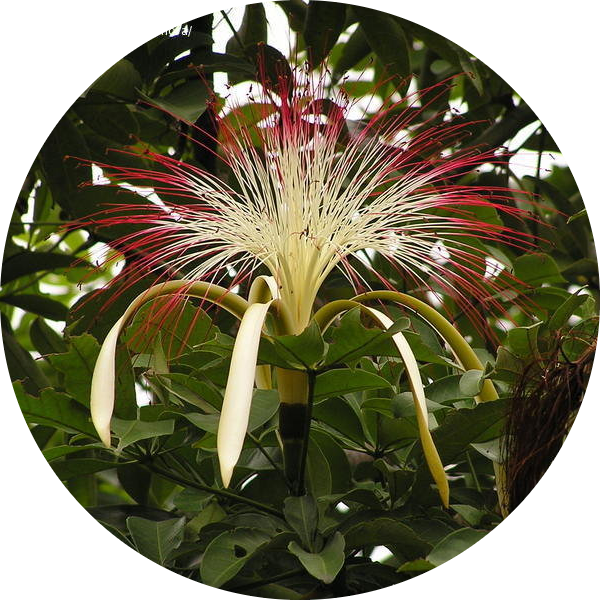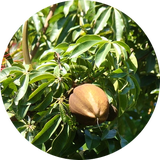- PLANT MEDICINE
- >
- Tinctures
- >
- PROVISION TREE BARK TINCTURE
PROVISION TREE BARK TINCTURE
Family: Malvaceae
Genus: Pachira
Species: Pachira aquatica
Synonyms: Bombacopsis aquatica, Carolinea macrocarpa
Common Names: Provision bark, Guiana chestnut, Money tree, Malabar chestnut
Parts Used: Bark
Main Actions: Antioxidant, Anti-inflammatory, Antimicrobial
Other Actions: Antiulcerogenic, Antidiabetic
Description: Pachira aquatica is a tropical tree native to Central and South America, known for its swollen trunk base and palmate leaves.
Tribal and Herbal Medicine Uses: Used in traditional medicine for wound healing, gastrointestinal issues, and diabetes management. In Belize, Provision Tree Bark is highly regarded as a blood tonic. It is purported to help anemia, fatigue, low blood pressure, and to generally build strength.
Plant Chemicals: Triterpenes, flavonoids, phenolic compounds
Biological Activities and Clinical Research: Demonstrated antioxidant, anti-inflammatory, and antimicrobial properties. Limited clinical research exists.
Current Practical Uses: Ornamental plant, folk medicine
Main Preparation Method: Decoction or infusion of the bark
Main Actions (in order): Antioxidant, Anti-inflammatory, Antimicrobial
Main Uses: Wound healing, gastrointestinal issues, diabetes management
Properties/Actions Documented by Research: Antioxidant, Anti-inflammatory, Antimicrobial
Other Properties/Actions Documented by Traditional Use: Antiulcerogenic, Antidiabetic
Cautions: Limited information available, use with caution.
Traditional Preparation: Decoction or infusion of bark for medicinal purposes.
Contraindications: Not well documented, cautious use advised.
Drug Interactions: Insufficient data available, potential interactions unknown.
Recommended dosage: 2.5ml taken in a small glass of water or juice 2 x daily on an empty stomach for better absorption.





